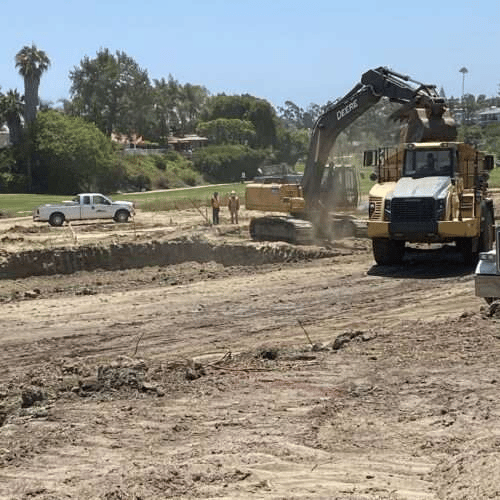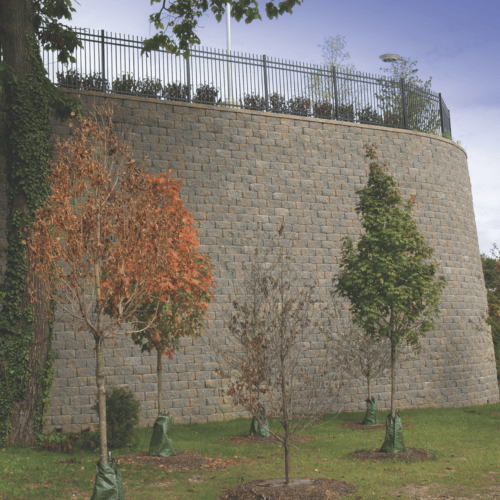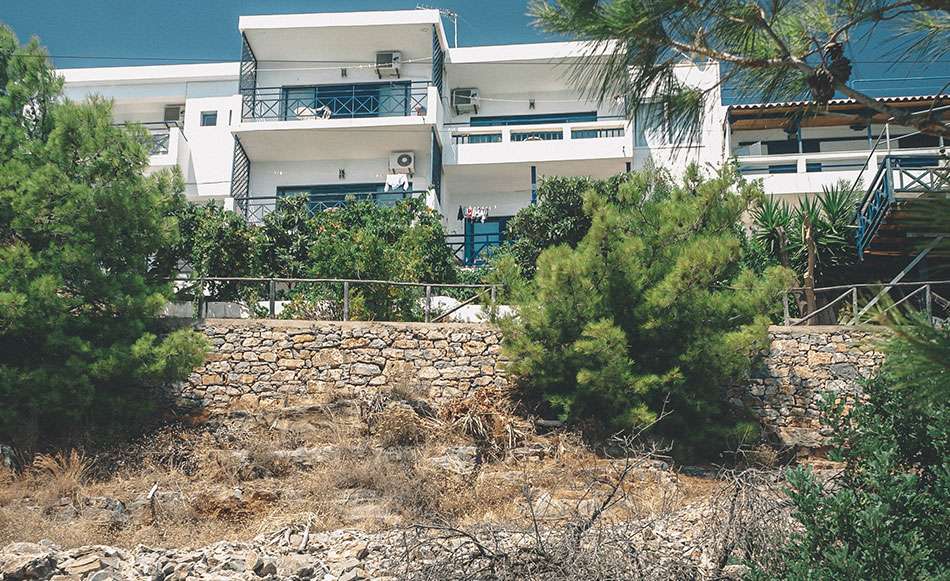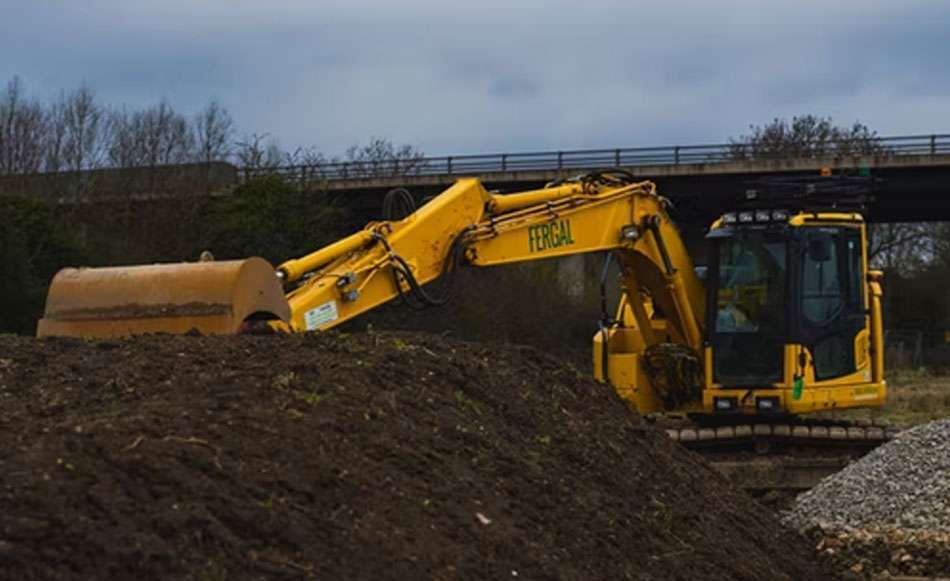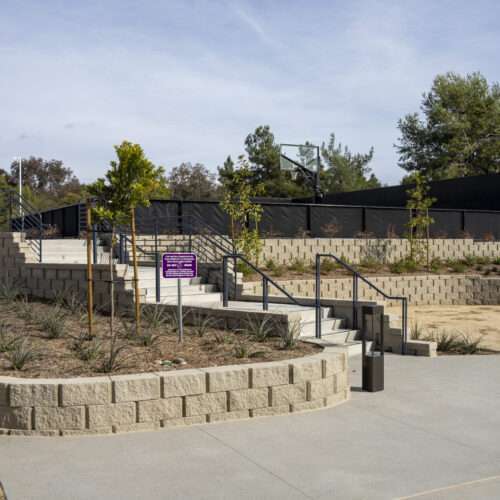Managing erosion is a constant struggle for many homeowners. Sifting through debris and trying to keep your landscape as green and beautiful as possible can also take a toll on your sanity.
A retaining wall is a great way to slow down this problem and help you retain control over your property.
So, if you’re looking for more information on how hiring experts for retaining wall installation services can help prevent erosion, keep reading:
Why Fear Soil Erosion?
Erosion is a term used to describe soil removal by wind, water, or other natural forces causing the soil to erode and expose the underlying bedrock. The resulting erosion can lead to landslides and other problems for farmland, water supplies, roads, structures, and more.
Erosion on your property could also increase the maintenance you need, and even lead to flooding or sinkholes.
One of the best ways to minimize erosion is by keeping water on the land via retaining wall installation that keeps water from running off into streams or rivers.
How Does Retaining Walls Work
Retaining wall structures are typically made of masonry, concrete, or natural stone that rise above ground level and slope toward their base.
For those who don’t know, a retaining wall is composed of two components:
- The first component is the base or footer wall. This is where you’ll place your foundation for the retaining wall and work with your contractor to determine its height and width.
- The second component is the face or top wall; this will be what you see when looking at your yard from above.
Retaining wall installation is used to prevent erosion by blocking water runoff before it can reach the surface of the earth. Research also suggests that retaining walls can be used to protect against groundwater contamination. This helps provide a foundation for your yard by holding back water for long enough for plants and trees to grow over the top of them.
The Role Of Retaining Walls in A Slope Restoration Project
In other cases, a retaining wall may be constructed as part of a slope restoration project. Slope restoration is the process of repairing slopes that have been damaged by erosion or other factors. This process sometimes involves removing existing vegetation and installing new plants on steep slopes.
Get Reliable Retaining Wall Installation Services Today
If you are looking for retaining wall installation services in CA, you’re at the right place!
Mountain Movers Engineering Co. is an experienced design and building company that successfully installed nearly around 10 million square feet of retaining walls.
Our team also takes pride in offering our valuable clients professional high-grade slope wall repair and restoration and extensive land-sliding repair services at affordable prices.
For more information, get in touch with us today!






